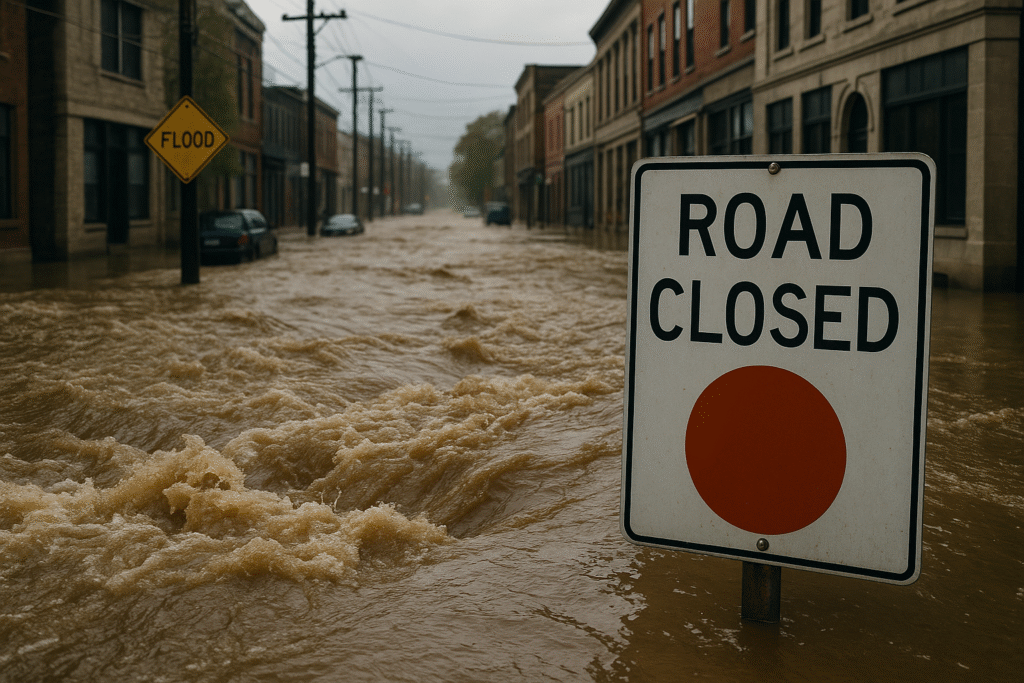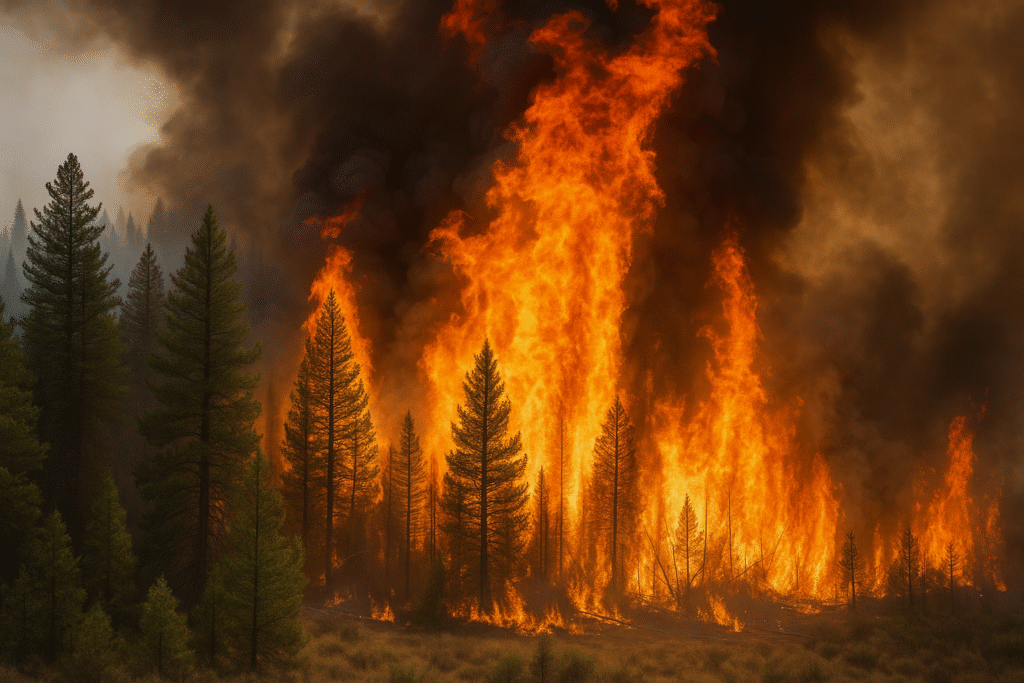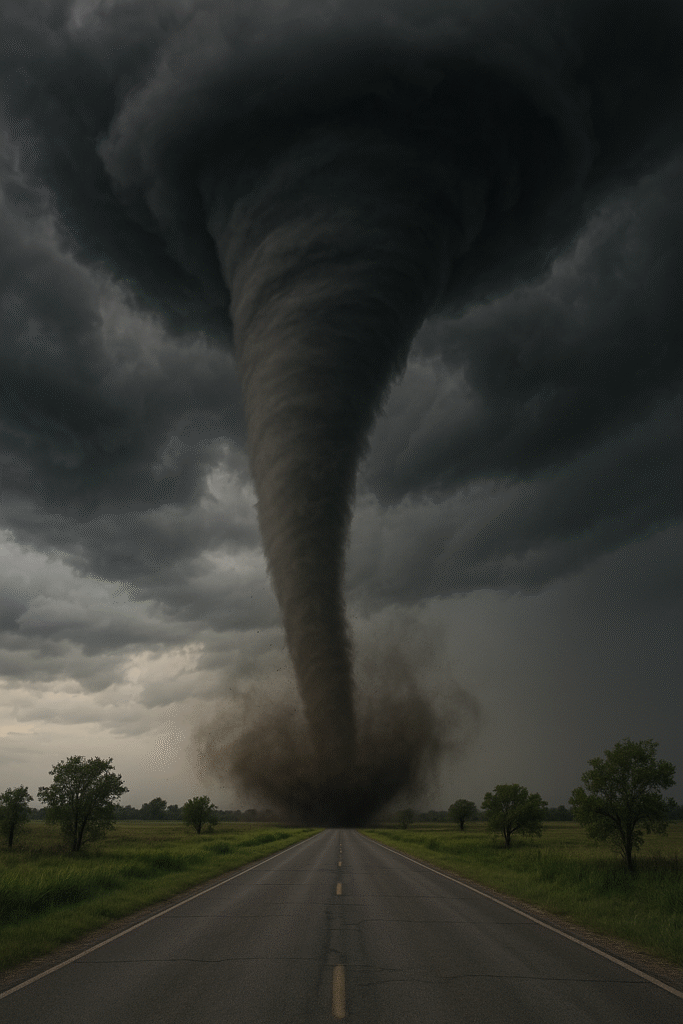All-Hazard Emergency Plans : Workplace emergencies don’t wait for a convenient time to strike—and rarely follow a script.
From raging wildfires and flash floods to devastating tornadoes, every geographic location faces unique risks. Yet many organizations still approach emergency preparedness in isolated silos.

All-Hazard Emergency Plans provide a proactive, flexible, and unified framework for preparing for any major disruption.
Whether you’re in construction, education, energy, manufacturing, or retail, an all-hazard approach ensures you’re ready—not reactive.
What Is an All-Hazard Emergency Plan?
An All-Hazard Emergency Plan (AHEP) is a comprehensive strategy that prepares for a wide range of threats—including natural disasters, technological incidents, and human-caused hazards—under one scalable response structure.
Unlike hazard-specific plans (e.g., “flood plan”), an all-hazard model focuses on common response functions such as:
- Communication
- Evacuation
- Shelter-in-place procedures
- First aid and rescue
- Recovery and continuity
Key Components of an All-Hazard Emergency Plan
A strong AHEP balances preparedness, response, recovery, and mitigation across multiple scenarios. Here’s what it should include:
1. Hazard Identification and Risk Assessment (HIRA)
Identify location-specific threats like:
- Tornadoes: Common in parts of the U.S. Midwest and Canadian Prairies.
- Flooding: Coastal areas or near rivers, especially in spring.
- Wildfires: Western provinces and states with dry climates.
Use historical data, insurance assessments, and local emergency services input to evaluate probability and impact.
2. Emergency Roles and Responsibilities
Define clear roles:
- Emergency Coordinator
- Fire Wardens
- First Aid Responders
- Communication Officers
Assign backups and ensure coverage across shifts.
3. Communication Protocols
Prepare multiple layers of alert systems:
- Mass text/email alerts
- Loudspeaker announcements
- Visual alarms for noisy environments
- Contact tree for post-event accountability
Don’t forget non-English and hearing-impaired accommodations.
4. Evacuation and Shelter Procedures
Map out:
- Primary and secondary evacuation routes
- Assembly points with attendance checks
- Shelter-in-place zones (for tornadoes or chemical spills)
Ensure signs are clearly visible and drills are practiced quarterly.
5. Resource Inventory
Maintain emergency kits with:
- Flashlights, batteries, first aid
- Food and water (72-hour supply)
- Fire extinguishers, gas shut-off tools
- Weather radios and emergency blankets
Store equipment in known, accessible locations.
6. Training and Drills
Train all staff—not just managers. Conduct realistic drills:
- Tornado: Duck-and-cover to shelter-in-place.
- Wildfire: Evacuation through smoke corridors.
- Flood: Rapid retreat from low-lying work zones.
Use surprise drills to build confidence under stress.
Case Examples: Tornado, Wildfire, Flood Planning
🌪 Tornado Preparedness
- Move to lowest building level or interior rooms.
- Avoid windows, skylights, and wide-span roof areas.
- Use weather alerts like NOAA Weather Radio or Alert Ready Canada.
🔥 Wildfire Response

- Monitor air quality and evacuation orders.
- Shut off air circulation systems.
- Pre-plan multiple evacuation routes as fire paths shift fast.
🌊 Flood Resilience
- Store equipment and files above flood levels.
- Know local evacuation zones and high ground routes.
- Protect electrical systems from shorting and contamination.
Common Mistakes in Emergency Planning
Avoid these pitfalls in your All-Hazard Emergency Plans:
- Over-reliance on paper plans: Digitize and distribute via mobile apps.
- One-size-fits-all training: Customize per department and shift.
- Lack of drills: Plans are only as good as your team’s practice.
Use platforms like HSEQ.ca or Public Safety Canada to stay informed about localized threats and planning tools.
Recovery and Business Continuity
Emergency planning doesn’t end with the incident. Recovery includes:
- Damage assessment protocols
- Temporary relocation sites
- Continuity of payroll, communications, and core services
- Mental health support for traumatized staff
Consider building a Business Continuity Plan (BCP) that aligns with your AHEP to cover these steps comprehensively.

Prepare for Anything—Respond with Confidence
All-Hazard Emergency Plans are not about planning for every possible threat—they’re about preparing your people, your processes, and your response systems to adapt to any threat.
Whether it’s a tornado ripping through a jobsite, a wildfire blanketing the region in smoke, or floodwaters rising outside your door—being ready means fewer injuries, faster recovery, and a stronger organization.

No comments yet